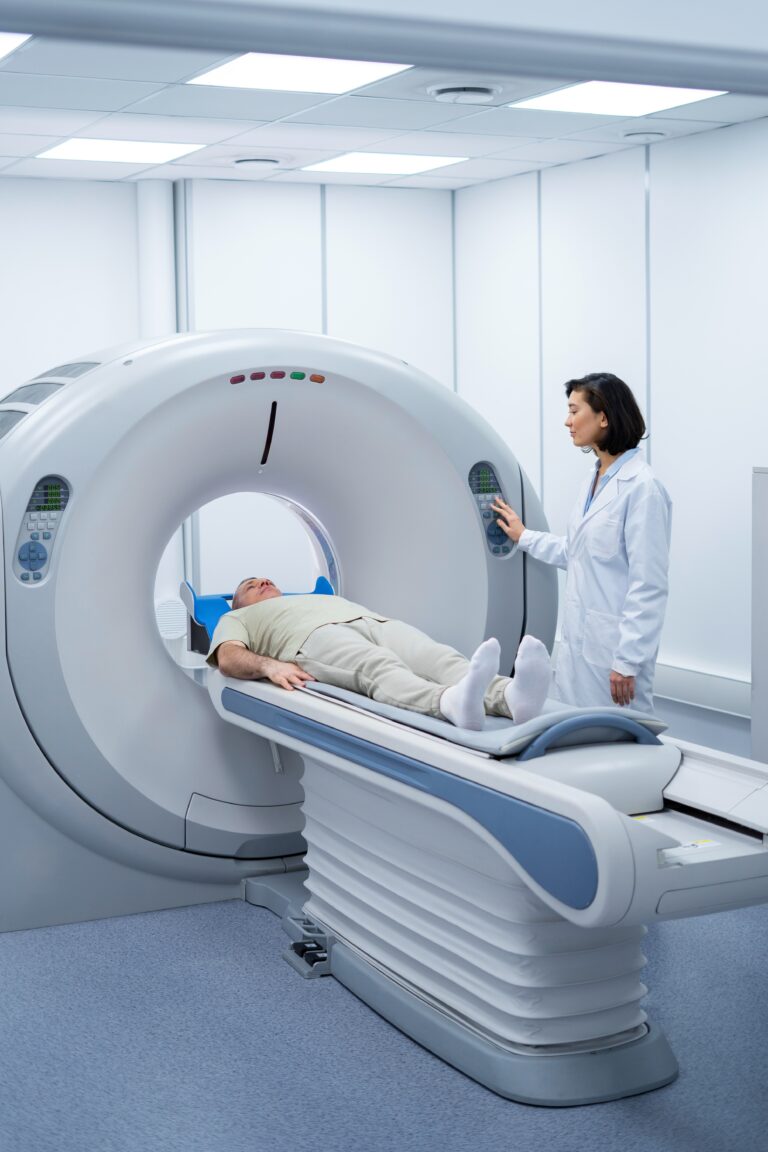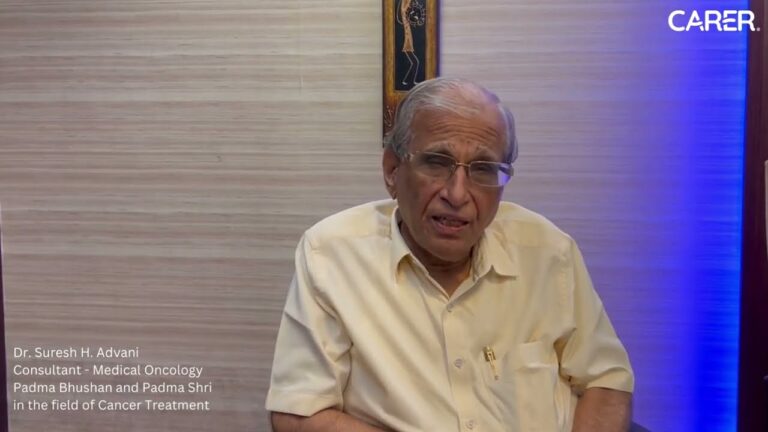Next-Gen Radiotherapy: Making Cancer Treatment Safer and More Targeted

new age radiotherapy for cancer patients
For more than a century, radiotherapy has been a mainstay of cancer treatment, employing high-energy radiation to kill cancer cells. Numerous lives have been saved by conventional techniques like brachytherapy and external beam radiation, but they frequently have negative side effects because they harm nearby healthy tissues.
Radiotherapy has been transformed over the years by developments in imaging, computation, and radiation delivery. Proton beam therapy and FLASH radiation are examples of next-generation technologies that are improving treatment outcomes while reducing side effects and increasing precision, speed, and safety.
Emerging Technologies: Proton Beam Therapy and FLASH Radiotherapy
- Proton Beam Therapy: Proton treatment, in contrast to traditional X-ray radiation, uses charged particles that spare surrounding healthy tissues while delivering energy directly to tumors with a low exit dosage. This lessens long-term side effects like secondary cancers and cognitive loss, and is particularly helpful for brain tumors, pediatric cancers, and tumors close to vital organs.
- FLASH Radiotherapy: FLASH therapy is a groundbreaking approach that delivers radiation at ultra-high speeds—in milliseconds rather than minutes.With fewer side effects and shorter treatment durations, it may transform cancer therapy by protecting healthy tissues while retaining tumor-killing efficacy, according to preliminary research.
Reduced Side Effects and Increased Precision
Next-generation radiotherapy technologies prioritize precision and safety, significantly reducing side effects while enhancing treatment accuracy. Adaptive radiotherapy and image-guided radiation treatment (IGRT) provide real-time modifications based on tumor changes, guaranteeing that radiation only targets malignant cells. AI-driven treatment planning maximizes efficacy and minimizes human error by optimizing dosage. Hypofractionation reduces treatment duration without sacrificing results by administering larger radiation doses in fewer sessions. These developments significantly improve patients' quality of life during and after therapy by reducing fatigue, skin irritation, and organ damage. These advancements speed up recovery and reduce long-term consequences by making radiation more intelligent and gentle.
Supporting Integrative Cancer Care
Today's advanced radiotherapy is most effective when combined with a multidisciplinary approach, working alongside surgery, chemotherapy, and immunotherapy to provide comprehensive cancer care. These innovative methods are also in line with integrative oncology, which combines supportive therapies with traditional treatments to improve overall health. Acupuncture can reduce treatment-related pain and nausea, while nutritional counseling helps patients maintain their strength and immune system. Furthermore, mind-body practices like yoga and meditation enhance emotional resilience and lower stress. Modern radiation targets cancer more effectively and helps patients deal better physically and emotionally throughout their treatment journey by combining high-tech precision with holistic support.
What Patients Should Ask Their Oncologist
It's crucial to have an educated conversation with your oncologist about your options while looking into radiation. Key questions to ask include: Am I a candidate for advanced treatments like proton therapy or FLASH radiotherapy? How will these newer technologies minimize side effects compared to conventional radiation? You should also inquire about potential clinical trials for innovative radiotherapy approaches specific to your cancer type. Ask your oncologist what complementary therapies—such as nutrition plans, acupuncture, or stress-reduction techniques—might help manage treatment side effects.
Radiation therapy will be smarter, faster, and kinder in the future, with an emphasis on patient welfare and efficacy. As research progresses, these developments hold promise for more individualized, less harmful cancer treatment, giving millions of people throughout the world hope.









